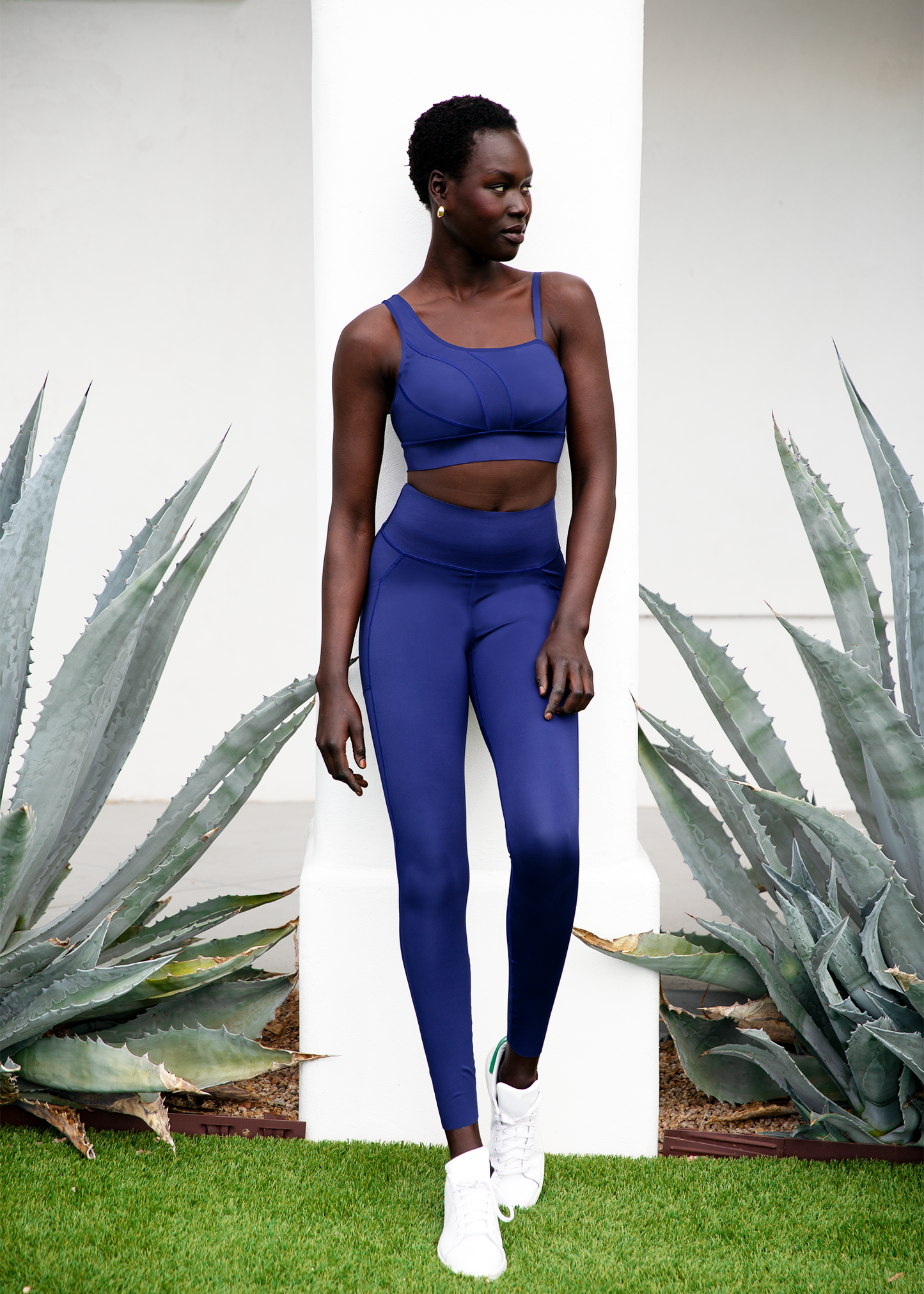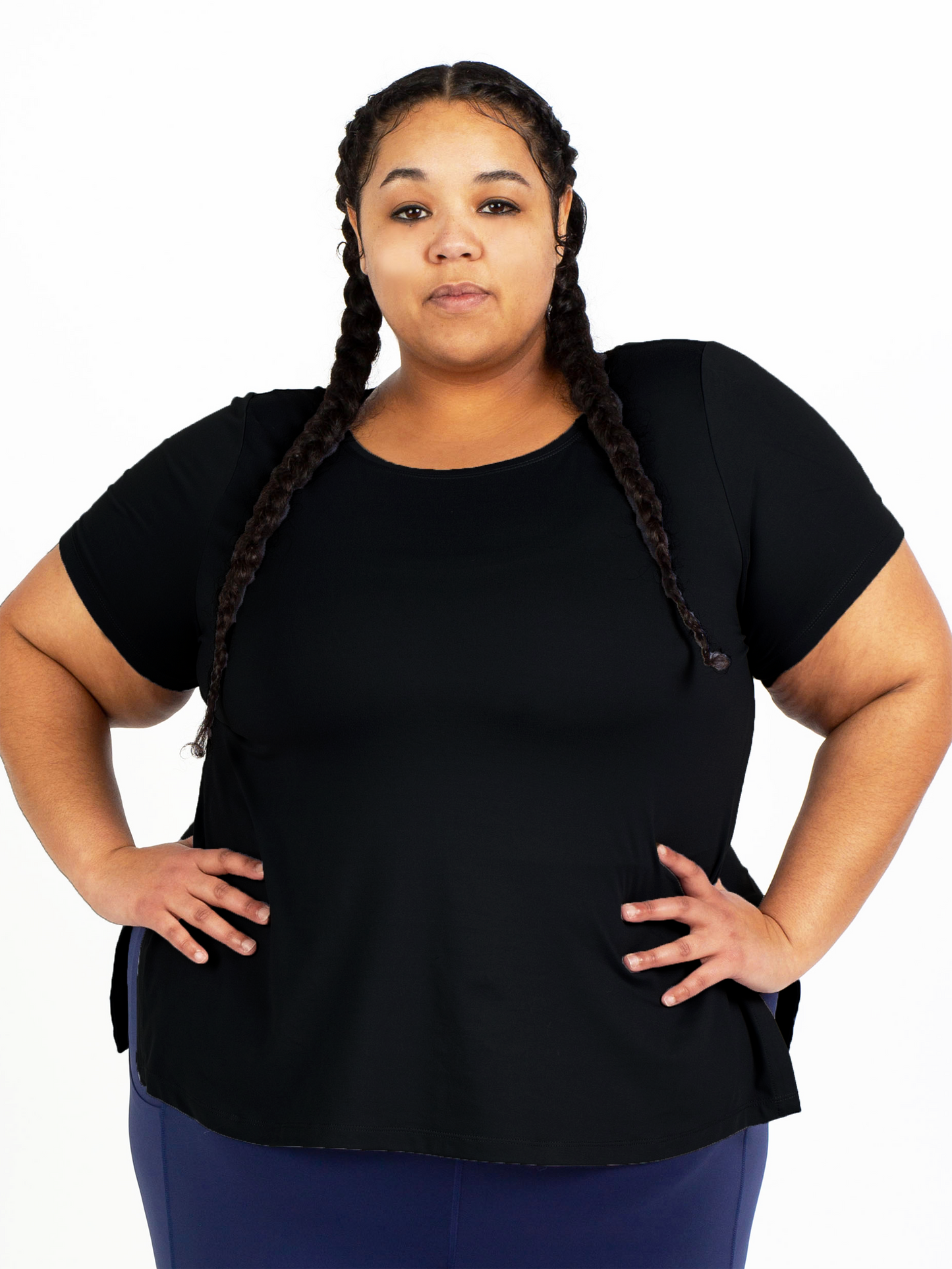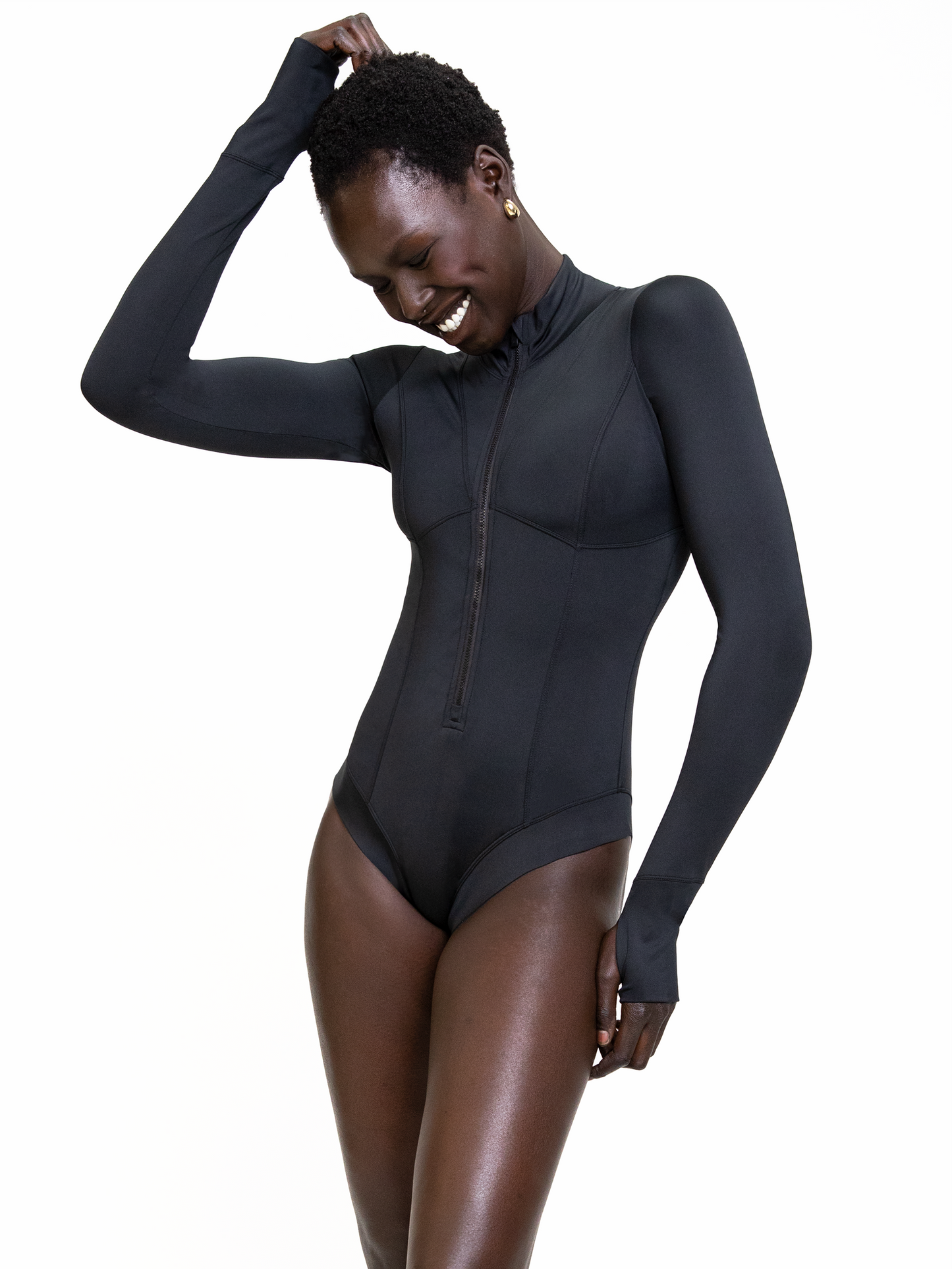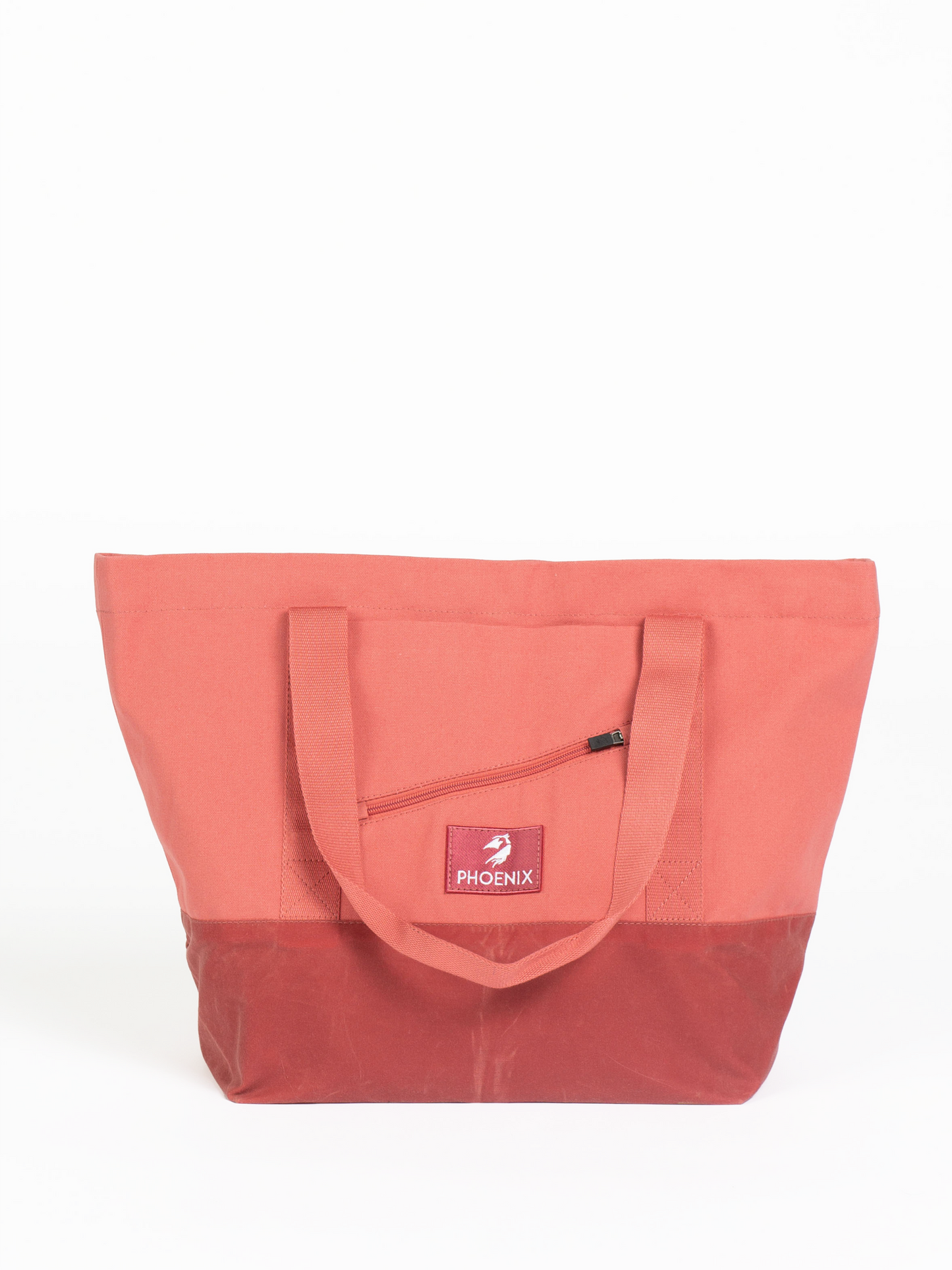
We’ve all been there, we go to purchase an item of clothing online, but we don’t know which size will fit best. Especially when it comes a brand you have never shopped before, I know that I have trouble deciding what size to purchase, and like most women, I wear different sizes for different brands. And it’ s not just the measurements. Body shape makes a difference in how something will fit. Each brand has a body shape that it is modeling their fit after, so no wonder it’s so difficult to find the right size!
In this post, we will highlight the challenges of sizing in the fashion industry, the impact of online shopping on returns due to sizing issues, changing consumer preferences for inclusivity and diversity, and the potential benefits of personalized shopping experiences for customers.

Size Matters
Many shoppers face frustration when it comes to clothing sizing, both in physical stores and online. This has become a significant problem as a substantial amount of apparel is purchased online, totaling $240 billion annually. Sizing issues are a leading cause of returns in online shopping, with an estimated 40% of online purchases being returned by customers. This not only inconveniences shoppers but also proves costly for retailers who must cover the expenses of these returns.
The debate over sizing is particularly emotional as shoppers are increasingly rejecting traditional labels, including those related to size. There's a demand for greater diversity and inclusivity in the fashion industry, reflecting the changing demographics and attitudes of consumers. Consumers are pushing back against retailers that market a single, narrow definition of beauty and sexiness. They're calling for mass-market chains to carry a broader range of sizes and are even criticizing high-fashion designers for neglecting curvier figures.
Additionally, shoppers' preferences for smaller-sized clothing have influenced brands to adjust their sizing metrics. As the average American woman's weight increased, some brands adjusted their sizing metrics to maintain customers' confidence and encourage more sales.
This has led to what we call “vanity sizing” where the measurement increases for each size. So the measurements that used to be considered a size large. is now a medium. While this sizing issue existed in physical stores, it became more complicated in the age of online shopping, where customers lack the assistance of knowledgeable store clerks who can guide them on sizing variations.
The Experience Matters
A significant percentage of customers (36%) believe that eCommerce brands should provide a more personalized shopping experience. This involves tailoring products and services to individual customers' preferences, creating a smoother and more satisfying shopping experience.









